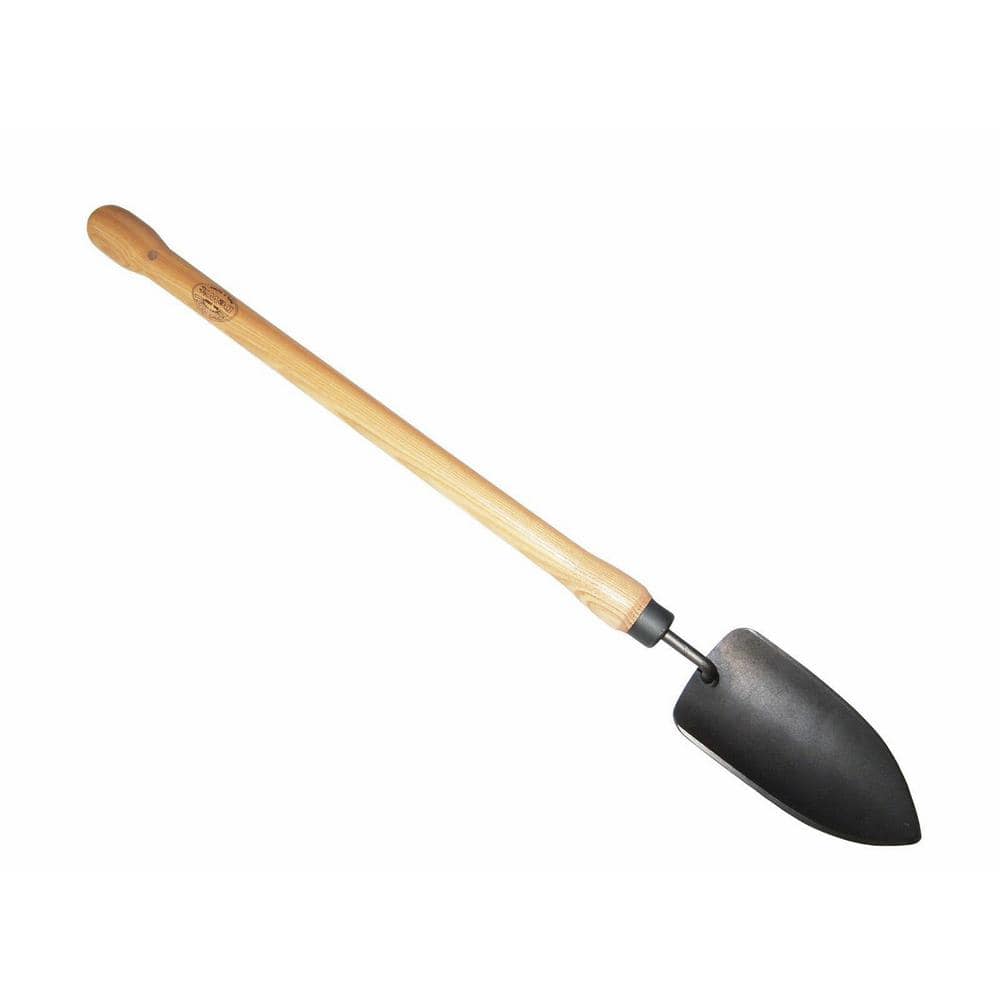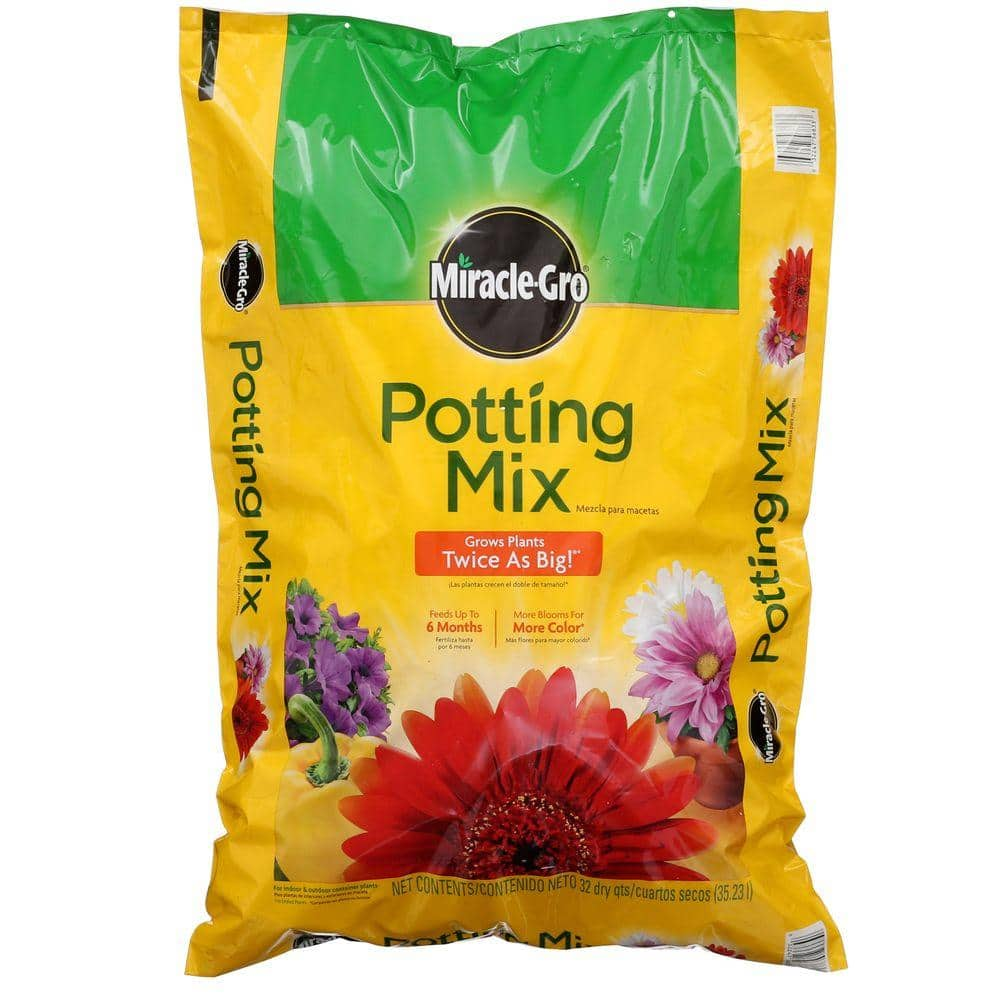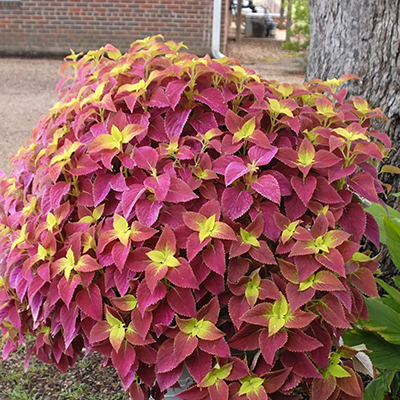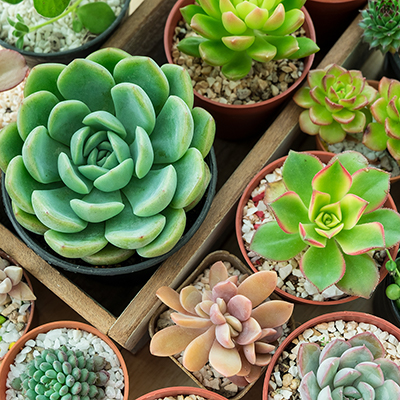How to Propagate Succulents

Last updated September 7, 2023
Succulents are easy-to-grow plants that are also easy to propagate. They come in a variety of colors and textures and will look good in any type of decor. They are both outdoor and indoor plants and often used in planters and terrariums. This step-by-step guide will show you how to create more succulent plants using three simple methods.
Table of Contents
Succulent Facts
Reasons to Propagate Succulents
Rooting Succulents by Offsets
Propagating Succulents from Cuttings
Propagating Succulents by Leaf Pulling
Wet and Dry Propagation for Succulents
Succulent Facts
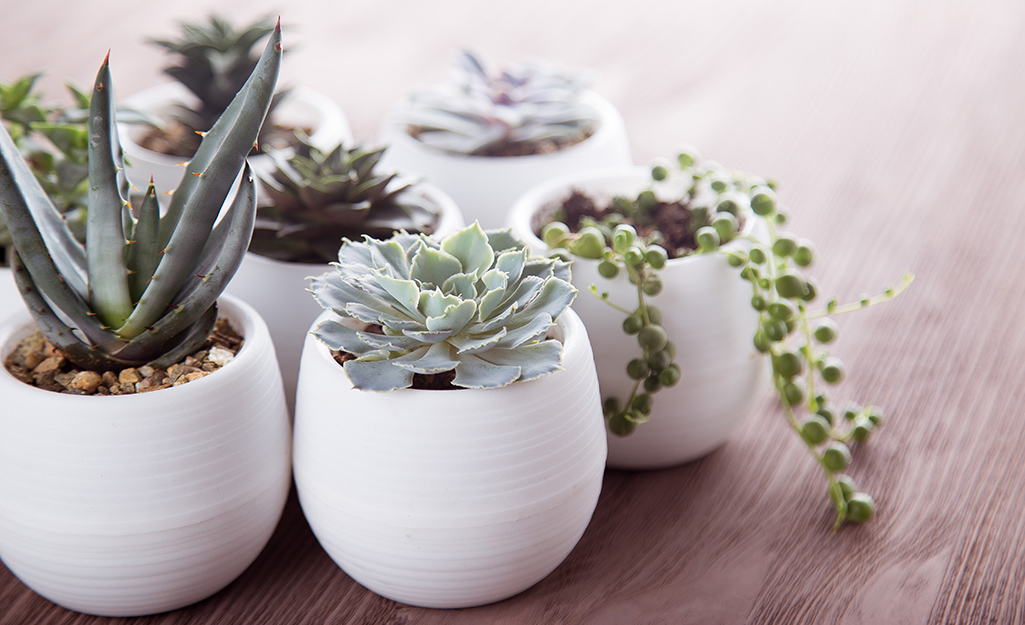
Succulents are drought-resistant plants that store water in their roots, stems or leaves. Storing water gives them a swollen or fleshy appearance known as succulence.
Succulents are native on six continents. They include nearly 60 different plant families, including aloes, echeverias, jades, euphorbias, sedums, sempervivums, kalanchoes and also cacti. Although the most common color is green, succulents are available in almost any color of the rainbow, including red, orange, yellow, and purple.
Reasons to Propagate Succulents
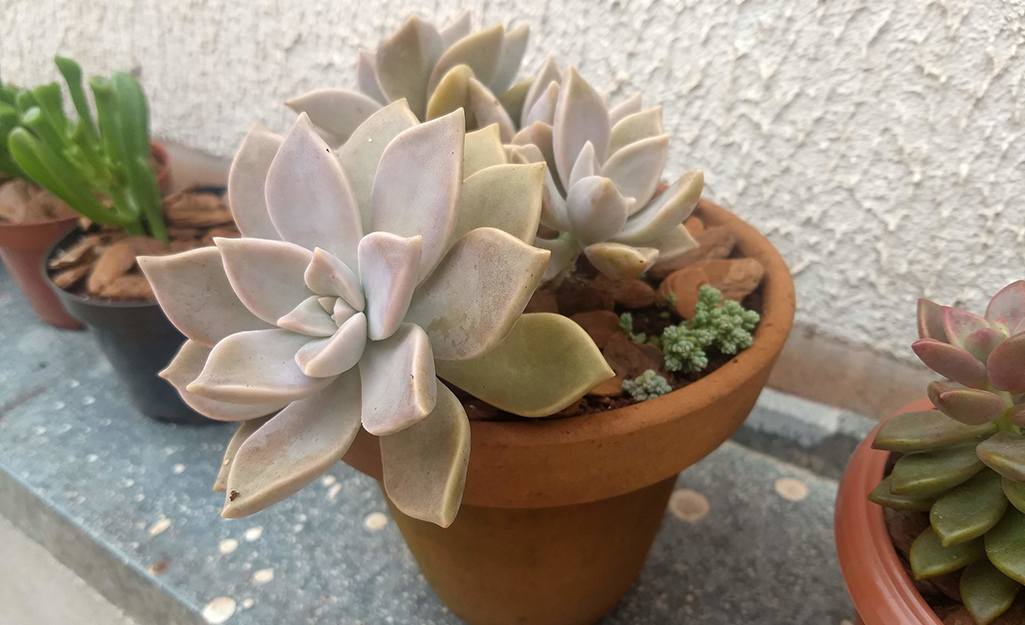
Even a plant that’s well taken care of will need pruning at some point. Succulents can get leggy, grow in unusual directions, become lopsided or overgrow their space. Pruning helps keep the plants healthy and looking great. You can either toss the clippings into the compost or propagate them to create more plants.
There are several ways to create new plants including rooting succulents and propagating succulents in water. However, the top three methods are using offsets, growing succulents from their cuttings and wet and dry leaf pullings.
Rooting Succulents by Offsets
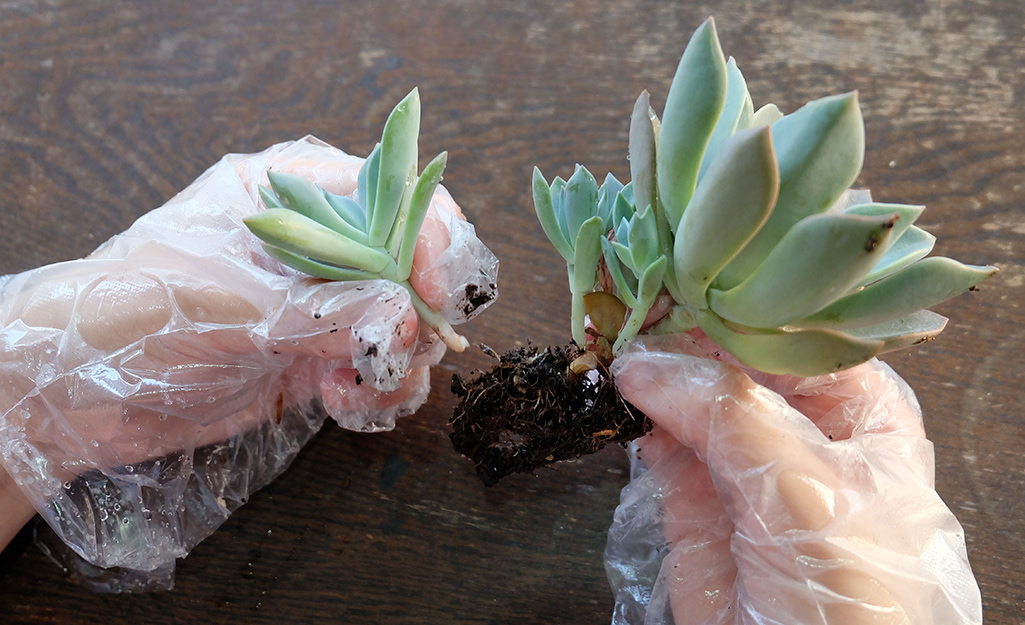
Many species of succulents produce offsets—small plants that grow at the base of the main plant. Offsets are fully formed mini-plants that can grow independently. Removing offsets and replanting succulents will improve the health of the plants by allowing more energy and nutrients to reach the main plant.
Depending upon the succulent, there may be offshoots from the mother plant either as small side plants or upward growths. Make sure the offset is a good size before attempting propagation.
- It is best to wait until the soil is dry before gently tugging, teasing or twirling the small plant away from the mother plant.
- Do not pull or rip the plants apart—the goal is to keep as many roots as possible with the baby plant.
- Pot it into a small container filled with moistened cactus/succulent potting mix with high sand content.
- Wait a day or two, then water sparingly.
- Once the roots are established in the new pots, they can be transferred to larger pots or put outdoors (if your weather permits.)
Propagating Succulents from Cuttings

Succulent cuttings are another popular method for propagation. This method takes longer than the offset method. It works by cutting off plant shoots to start new plants.
- Select the right shoot—make sure the stem supports a small plant and not a flower.
- Using sharp pruners or a blade, cut the top at an angle approximately 1/2-inch below the small plant.
- Discard the rest of the stalk from the mother plant.
- Allow the cut end of the small plant to callous over for several days (up to a week) before planting into moist cactus/succulent potting mix with a high sand content.
- It can take up to four weeks for roots to get established.
Propagating Succulents by Leaf Pulling
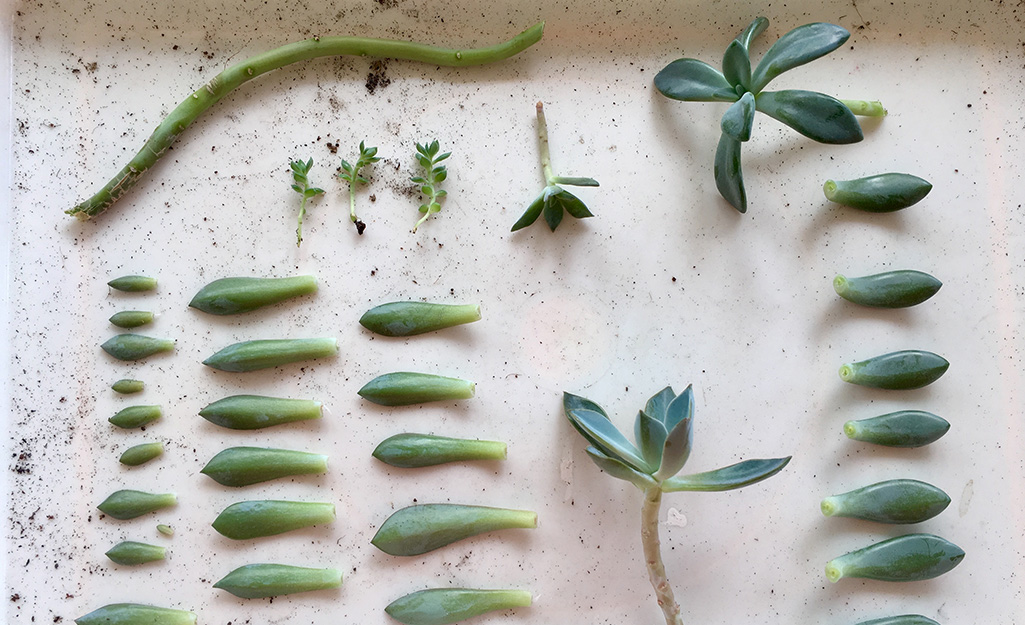
Once the propagation process has started, resist the urge to water or help the succulents grow. The callused top can be put into a pot with moistened succulent potting mix. Keep the soil slightly moist, but not wet, until roots develop and the plant grows. They will progress at their own speed, which is slow and steady.
Wet and Dry Propagation for Succulents
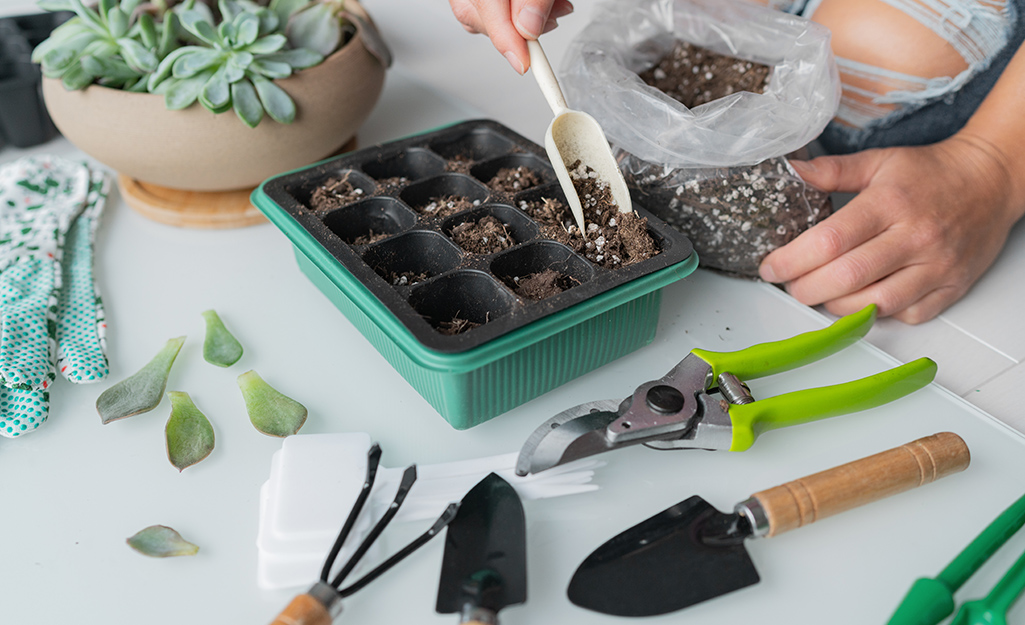
The wet method of growing succulents from leaves requires prepared leaves, a shallow tray, and moist potting mix. A saucer from a planter pot works well.
Wet Propagation Method:
- Fill the saucer or tray with potting mix and place the calloused leaves on top.
- You may want to experiment with simply laying the leaves on top or contacting the calloused end to the soil.
- Do not plant the leaf into the soil. It is best to spritz or mist the ends every few days and moisten the soil every week. Take care not to water the leaves.
- In a few weeks, small white and pink roots will begin to sprout from the ends of the leaves. Increase the amount of spritzing or misting and a few weeks later small plants will emerge.
- Small plants can be transplanted into a cactus/succulent potting mix when they are approximately1/2-to 3/4-inches in diameter.
- Keep the roots under the soil and the baby plant on top.
- Continue misting the soil every few days as the plant grows.
- The original leaf can be gently removed if it begins to die back or shrivel up.
- Keep the soil on the moist side until the plant grows larger, then only water when dry.
Dry Propagation Method:
- Place the leaves on a shallow tray in moderate light area for several weeks until the leaves start sending out roots.
- Resist the urge to mist or water the leaves. Each leaf has enough energy to create a new plant without assistance.
- Once roots are visible, lightly mist them every few days.
- In about a month, small plants should emerge on top of the roots.
- Small plants can then be planted into cactus/succulent potting mix when they are approximately 1/2-to 3/4-inches in diameter.
- Keep the roots under the soil and the baby plant on top.
- Continue misting the soil every few days as the plant grows.
- The original leaf can be gently removed if it begins to die back or shrivel up.
- Keep the soil on the moist side until the plant grows larger, then only water when dry.
For the Stump:
- Mist occasionally. In a few weeks you should see new plants emerging from the stump.
- Put the calloused top into a pot with moistened cactus/succulent potting mix.
- Keep the soil slightly moist— not wet—until roots develop and the plant grows.
No matter which propagation method you choose, be on the lookout for dead plantlets, leaves, tops or stumps. Remove them as soon as possible to minimize any risk of mold or rot. Remember to resist the urge to overwater. Practice patience and your efforts will be beautifully rewarded. Shop The Home Depot Mobile App to view the variety of succulents available. Or, you can visit The Home Depot when you're ready to purchase plants, potting soil, planters and everything you need to successfully propagate succulents.
